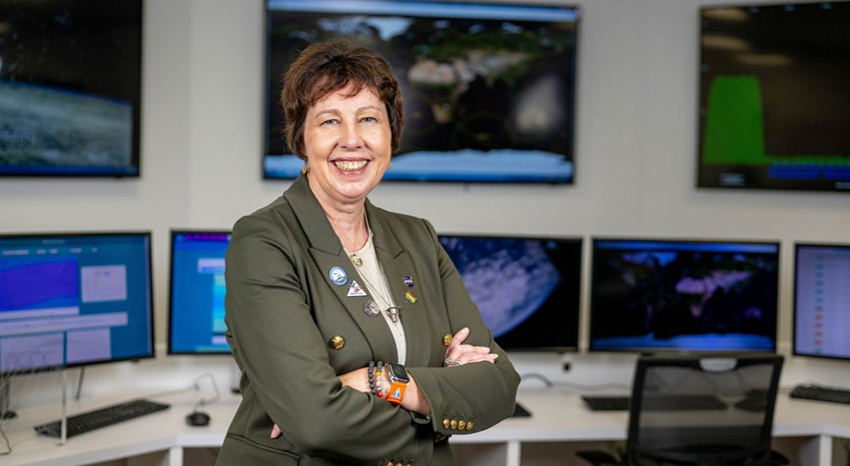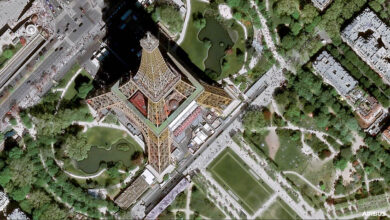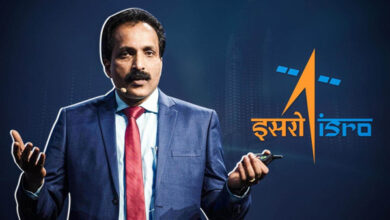NASA and ISRO set to launch NISAR Satellite, aiming to revolutionize Earth observation
By R. Anil Kumar
-
Nicola “Nicky” Fox, associate administrator, NASA Science Mission Directorate-NASA Headquarters, who is on a visit to India to review the upcoming NASA-ISRO SAR (NISAR) project spoke in Bengaluru on whole range of topics ranging from the NISAR mission to sending an Indian astronaut to the International Space Station later this year
-
Fox will soon be visiting the ISRO facility to take a closer look at the satellite and meet the team to understand more about how the dual frequency band will measure the Earth’s changing ecosystem
BENGALURU, March 7. When you see a piece of technology being produced and realise that this is going to go to space, it is mind-boggling, said Nicola Fox, Associate Administrator (AA), NASA Science Mission Directorate (SMD). She was speaking about the jointly developed satellite by NASA and the Indian Space Research Organisation (ISRO) — NISAR (NASA–ISRO Synthetic Aperture Radar) which according to sources is expected to be launched at the end of March or early April.

Fox will soon be visiting the ISRO facility to take a closer look at the satellite and meet the team to understand more about how the dual frequency band will measure the Earth’s changing ecosystem.
The NASA administrator was speaking at the ‘Space Talk with NASA Women Scientists’ organised by the US Consulate General Chennai and Maharani Lakshmi Ammanni College for Women Autonomous (mLAC) in the city. “This is a very clever technique using the L band and S band, and I am very excited about this flagship event which will measure the changes in our planet’s surface just about at a centimetre’s scale.”
She added that the partnership with ISRO is very beneficial as the agency uses complementary science and has real-world applications of the data produced.
Highlighting the need for robust computational power and the demand for new applications, Fox said that the rate at which data is being generated is very difficult for “humans to look through” and would need artificial intelligence.
“If we are generating 100 terabytes of data right now through the Earth observation satellite, with NISAR’s launch it will double down.”

Fox also spoke about NASA’s plans and emphasised that at any point the space agency is working on 140 different missions–some of which are being designed while many have already taken flight.
Speaking about the recently launched PACE Mission (Plankton, Aerosol, Cloud, ocean Ecosystem) she said that data will be released later this year.
“If you ever wondered how beautiful our planet is, wait till you see this data from PACE which will be mind-blowing. It looks at two aspects, the health of our oceans–planktons and aerosols which are suspended in the clouds and fuel phytoplankton growth,” Fox said while addressing students.
The administrator also revealed that to increase the adaptability of a human body in space – zero gravity area and radiation, the biological and physical science department is working on making food more sustainable “more hardy and rugged.” A metal 3D printer was recently sent to the space centre.
“In the space of medical experiments, NASA is replicating human organs on chips with the help of tissues to test them in zero gravity and find different medical interventions.”
An earth-observation satellite jointly developed by NASA and ISRO that will help study Earth’s land and ice surfaces in greater detail is all set to be shipped to India later this month for a possible launch in September.
Nicola Fox, Associate Administrator (AA), NASA Science Mission Directorate (SMD) will soon be visiting the ISRO facility to take a closer look at the satellite and meet the team to understand more about how the dual frequency band will measure the Earth’s changing ecosystem.





